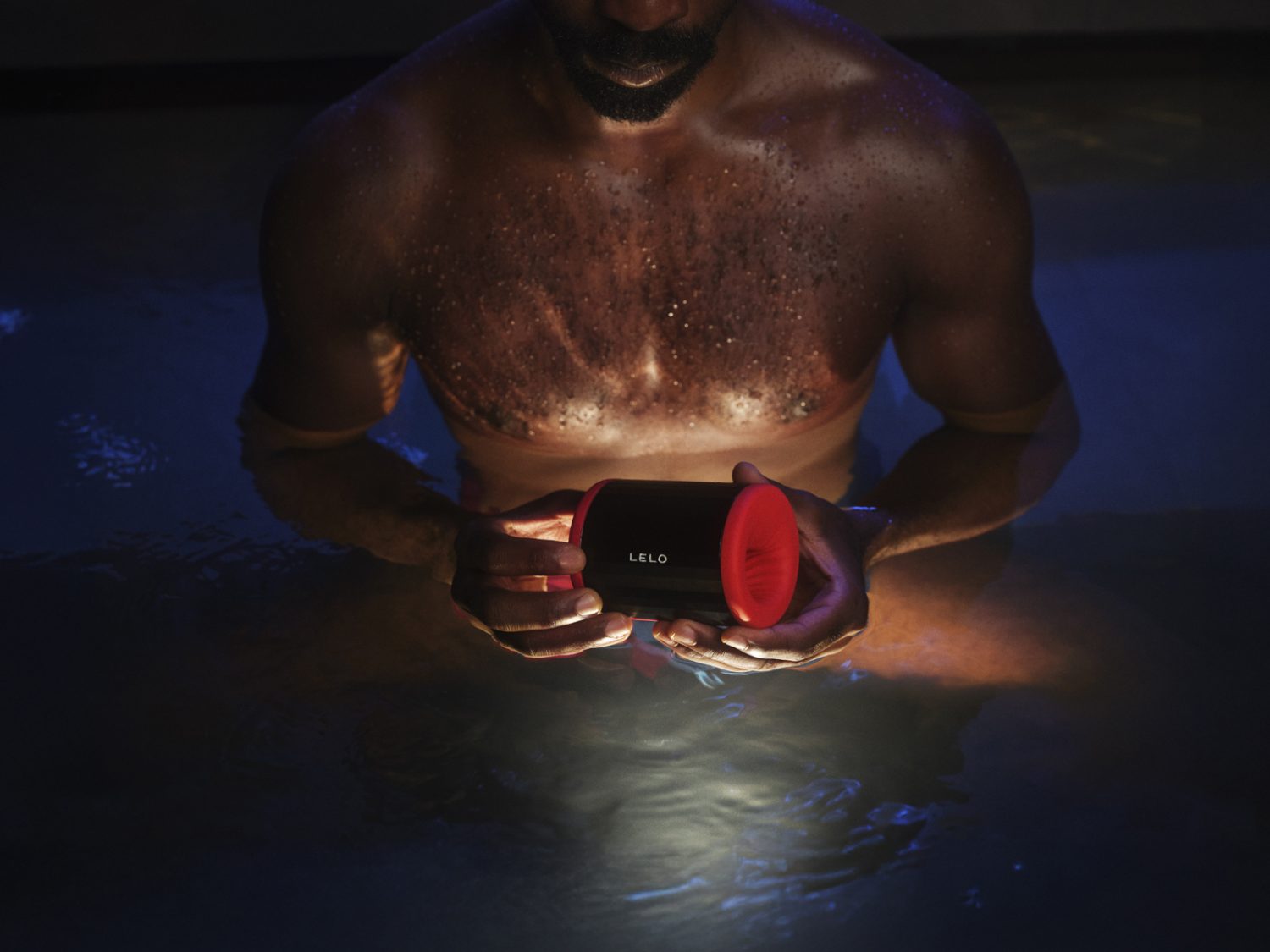Listening is one of those things that sounds easy, but in actuality, it requires some degree of effort. Anyone can stop talking long enough to give someone else the mic, but really listening is a totally different story. It’s involved, empathetic, and requires a great deal of presence.
When you’re really listening to someone, you’re showing them that you care about what they have to say. You’re absorbing the information, rather than simply waiting for your turn to talk. And the benefits of listening are tenfold. When you actually take the time to listen to others, you foster a more intimate and authentic relationship.
Practice active listening.
The best way to improve your listening skills doesn’t have anything to do with turning up the volume or putting on your noise-cancelling headphones—it’s to practice active listening. Active listening is a technique in which you don’t just hear the words the other person is saying, but you make a conscious effort to hear the message they’re trying to get across. It’s a great way to make sure there aren’t any communication breakdowns, while also encouraging your sweetie to open up.
Here are the main components of active listening:
Pay attention
This should go without saying, but when you’re trying to listen to your partner, pay attention. That means, putting away the distractions. Your phone, your laptop, your cat who just wants to cuddle—all of it. Separate yourself from any distractions so that you can truly pay attention to your partner, and create a safe space for them to open up to you.
Another part of staying focused is stopping the need to put together a rebuttal when someone else is talking. Instead of coming up with a counter-argument while your sweetie is spilling their soul to you, take the time to listen, observe, and try to understand their point of view.
Body Language
When you’re in a conflict, words are only half of the conversation. Your beloved’s body language can communicate just as much as what’s coming out of their mouth. We don’t all have Shakespeare’s way with words. So expecting someone to perfectly communicate exactly how they feel on the first shot isn’t realistic. Read into their body language. Do they seem tense? Relaxed? Agitated? How does that add to what they’re saying to you?
All of these factors come together, with their words, to create the entire conversation. So if you’re not looking at them, or listening to the way they say things, you’re not listening. Body language is also important on the receiving end. The best way to listen is to be in an open conversation. Let the other person know that you’re engaged by opening up your body language, uncrossing your arms, and giving them non-verbal cues to show that you’re listening.
Acknowledgment
Half of listening is letting someone know that you hear what they’re saying and it’s okay to talk. You can do this with both verbal and non-verbal affirmations, that encourage the speaker to continue speaking. Make eye contact, nod, hold their hand, or give them other non-verbal affirmations to let them know that you want to hear what they have to say. You can say things like “uh-huh” or “I see” to show the speaker that you’re listening, without outright agreeing with them. You can also ask an occasional question, or add a comment to recap what they’ve said, to encourage them to open up more.
Repeat. Summarize. Repeat.
To make sure there are no communication breakdowns, try to repeat back to your partner what it is that you hear them say. Not the exact words, but the meaning of what your beloved is saying.
This way, you can be sure that you’re hearing what they want to say, instead of what spilled out of their mouth in the middle of a heated discussion. After the speaker stops talking, instead of jumping down their throat with your opinion, take a second to think about what they said to you, taking all of the above tools into account. You can even start out the sentence with “What I’m hearing you say, is…” or “I think what you’re telling me, is…” That way, if there’s any breakdown between what they wanted to say, and what they ended up saying, you can clear that up before you move forward in the conversation. Repeating back what you heard is also a great way to reassure your sweetie that you are listening, and give you another second to process what they’re saying before you see how you feel.
Take your time.
Active listening doesn’t come easily to everyone at first. It involves slowing down, paying attention, repeating back what you heard, and really, actually, listening. If you’re not used to doing all of this, it might take way longer than you expected to have a conversation about where to hang that painting or figure out who broke that dish. But we promise that if you take your time and slow down, your ears and your loved ones will thank you.
—
Tessa Skara is a writer and comedian. She is bravely bicoastal. She loves all things queer, including, but not limited to sex. Follow her on Instagram @tessafuckinskara











